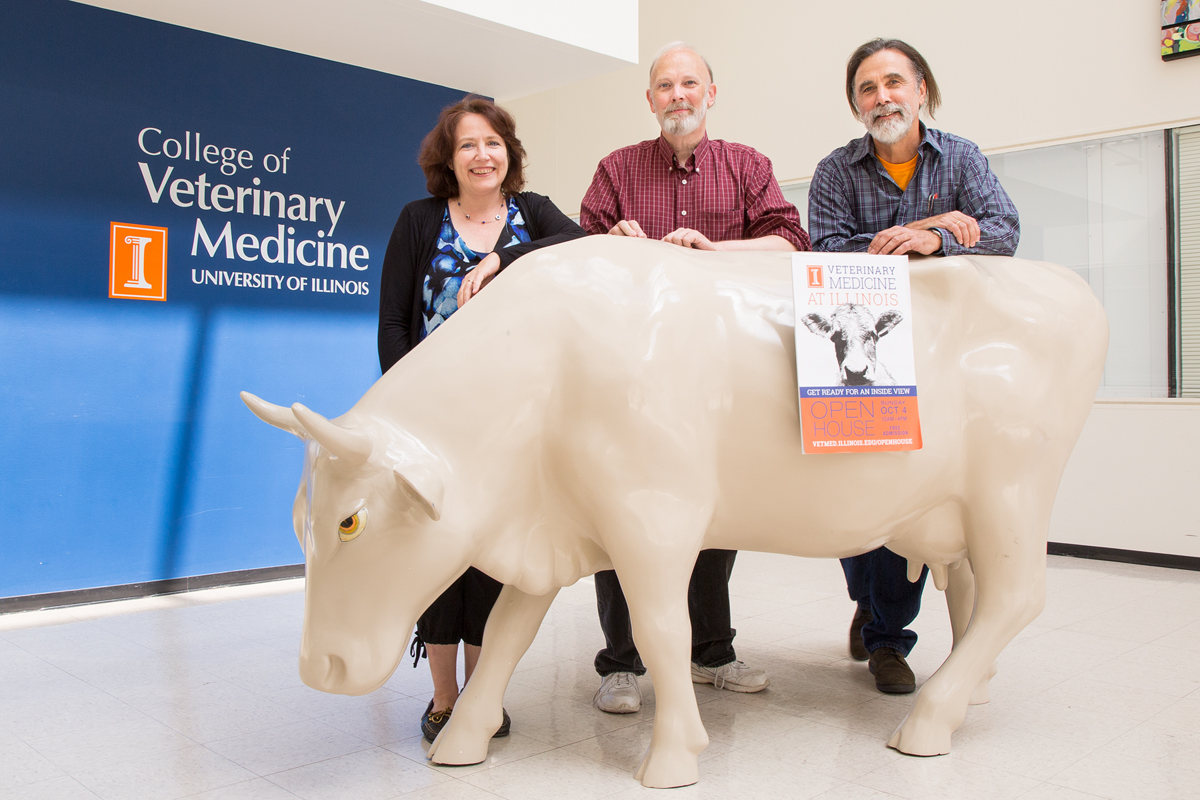Like most Universities, my Alma Mater has moved most meetings and interactions on-line. Unlike most institutions, the UI is aggressively testing everyone on campus for COVID-19—twice a week. This effort is said to represent something like 2% of all the tests administered in the US. This effort has actually worked as hoped, reversing a big outbreak.
But what is going to school like, socially isolated. After all, the main point of attending a residential campus is to participate in the human community, with all the joy and pain that may involve. I mean, when the coffee shops are closed, is there much point to being here? And staying in your dorm room by yourself for weeks on end is a formula for disaster.
In the academic sphere, I can imagine a lot of classwork going digital. Considerable amounts of instruction was already on line and on demand, and a lot of things like discussions of readings clearly can be done over a network. It’s not as good and not as fun, but needs must.
Other stuff, such as lab work is harder to cover. Some things involve actually doing stuff and using stuff. For example, you can’t learn microscopy by watching someone else do it. You have to do it yourself, in the lab.
But the students I worry about the most are the performing arts kids. I have to wonder how my friends in the dance department are getting along.
Jodi Heckel reports on how these departments are approaching the problems [2]. (Remember, this is against a background of universal testing that assures solid knowledge of the situation. Without testing and tracing, this stuff is not relevant.)
Dancers are, of course, spending time doing videos, which is a useful skill. Some of the activities can be spaced out, so we can be “together separately”. But some kinds of performance are, by definition, group acts. These are simply out of bounds for now.
Theater students face even more challenges. Obviously, certain studies and discussions can be on line. But the essence of theater is being here, now. Staging involves constructing a space to tell a story. Acting involves living out a story, live, in person. For now, there will be a lot of time to practice making and using videos, and limited opportunity for live performance.
And then there are the musicians (and there are hundreds of them). Again, there are a lot of “talking about it” activities, discussions and lectures. And some music can be performed solo and delivered digitally. But a lot of instruction requires personal presence, and most music is social, requiring multiple players and an audience. There will be no symphonies or choral concerts this year. And the live music scene is basically closed until further notice.
All these arts share a need for an audience. There are different settings, but the main point is that the performance is not even close to the same without the presence of audience. Live theater is different from recorded video, live music is way, way different from studio music, and so on. For now, audiences have to be on line, or extremely small.
This sucks. It’s going to be a bad couple of years.
But I think there will be some deep lessons learned.
For one thing, everyone is going to get good at doing digital video and other networking, whether we want to or not. Already, no one needs to explain how a video networked meeting or performance works. We know already!
I hope that this will lead to creative uses of this medium, and better experiences. Personally, I think home made phone videos suck. Just because everyone has a video camera doesn’t mean that we all know how to make good video. So maybe the engagement of creative artists will help us all learn how to make better videos.
This year will also make people re-think conventional performance spaces. We have grown complacent, used to a handful of pretty standardized audience filled spaces. We use them for lectures and classes, we use them for theater, dance, and music. We use them for politics. And this year, we can’t use these spaces safely.
We have to invent new ways to perform and to have audiences. In good weather, performance is moving outdoors. Audiences are learning to space out and cover up, but still be connected. It’s early days, but let’s see what can be done.
Above all, when we finally can all get back together in a few years we will all be so-o-o ready for live performance! I don’t think we’ll take even the smallest event for granted. It will be a new burst of excitement, as we rediscover doing things together.
That will be a great day!
- Meredith Deliso and Dr. Jay Bhatt, Inside University of Illinois’ massive COVID-19 testing operation, in ABC News, September 10, 2020. https://abcnews.go.com/US/inside-university-illinois-massive-covid-19-testing-operation/story?id=72686799
- Jodi Heckel, Illinois performing arts adapt teaching for fall classes, in Illinois News, August 24, 2020. https://news.illinois.edu/view/6367/1883091868


